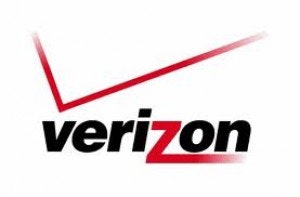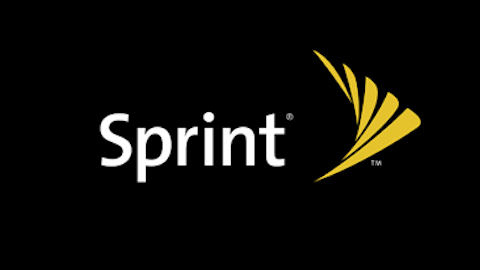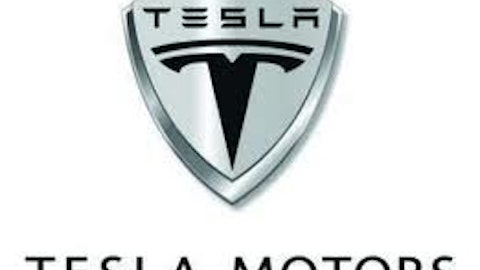On this day in economic and business history …
Thomas Edison is more closely linked to the development and spread of electricity through the world than any other person — with the possible exception of Nikola Tesla. However, neither Edison nor Tesla had a hand in the first utility-scale distribution of electric power. That honor goes to George Roe, a forgotten pioneer who created the world’s first electric utility in northern California. Archie Green, writing for the Fund for Labor Culture and History, offers this enlightening background on the company’s origins:
On June 30, 1879, George Roe, a Canadian broker living in San Francisco, incorporated the California Electric Light Company. In September, the visionary firm produced and transmitted electricity for commercial sale to 21 privately owned arc lamps from the first central power station in the world. The primitive plant — actually a shed of four-by-four timber uprights and walls of sheet iron — enclosed a steam engine and boiler, a huge coal pile, and two small dynamos (patented April 24, 1877 by engineer Charles Brush for Cleveland’s Telegraph Supply Company). …
The CELC’s wood-frame shanty with a coal-fired steam boiler did not survive a year. On April 24, 1880, when it succumbed to fire, its employees equipped a new plant at 117 O’Farrell Street. Demand for electricity expanded as incandescent lamps replaced arc lights. Accordingly, the CELC moved to 220 Jessie Street where it built a plain brick building.
The CELC grew throughout the 19th century, but it was nearly destroyed by the catastrophic earthquake that struck San Francisco in 1906. It became part of Pacific Gas and Electric shortly after the city rebuilt. Today, PG&E (NYSE:PCG) is not only the largest public utility company in the United States, but it’s also continued the legacy of the CELC as one of the world’s most innovative utilities. It was the first utility in the United States to operate a nuclear power plant, and it currently commands by far the largest solar-energy capacity of any utility in the country.
Two great telecoms, better together
Verizon Communications Inc. (NYSE:VZ) became the 10th-largest company in the United States by revenue on the Fortune 500 rankings for 2001, its first full year of operation. It did far better on profits, placing fourth, ahead of every single tech company that had been so red-hot the year before. However, the telecom leader had slipped to 16th on the list by its 10th full year. Its profitability has also been in a slow but steady long-term decline, and by 2011 Verizon Communications Inc. (NYSE:VZ)’s net income was weaker than that of many companies with less revenue. However, its stake in Verizon Communications Inc. (NYSE:VZ) Wireless, the largest mobile carrier in the United States, as well as its substantial fixed-line and broadband connection assets, easily justify Verizon’s place on the Dow Jones Industrial Average 2 Minute (INDEXDJX:.DJI). Connectivity is a foundation of American industry these days, after all.
A book series of biblical proportions
J.K. Rowling’s Harry Potter and the Philosopher’s Stone was first released in the United Kingdom on June 30, 1997. More commonly known as Harry Potter and the Sorcerer’s Stone because of a title change on its American release, the young-adult fantasy novel would set the stage for the most popular book series in history. The seventh book, Harry Potter and the Deathly Hallows, was released in 2007, and like all previous books, it was also made into a blockbuster movie.
J.K. Rowling became the world’s first billionaire author as a result of Harry Potter’s astounding success — it is estimated that the series sold more than 450 million combined copies, and the film series’ eight installments earned more than $7.7 billion at the worldwide box office for distributor Time Warner Inc (NYSE:TWX). All told, the Harry Potter brand is estimated to have generated at least $25 billion in global sales (and possibly much more) since its creation, which is way more money than you can wave a magic wand at.
American muscle for the modern era
The first Chevrolet Corvette rolled off a General Motors Company (NYSE:GM) assembly line on June 30, 1953. This early model was the first car to ever be made with an all-fiberglass body, but it wasn’t part of a big production run — only 300 ‘Vettes were built in 1953. All of them came in white, with red interiors and black convertible tops, and General Motors Company (NYSE:GM) sold them for $3,500 apiece — equal to about $31,000 today.
The first-year ‘Vette wasn’t worthy of being called a sports car, though, as it ran on an underpowered six-cylinder truck engine controlled by a two-speed automatic. It wasn’t until General Motors Company (NYSE:GM) dropped a small-block V-8 under the hood that sales began to pick up, as the underpowered little fiberglass car was molded into a beastly performance machine, with design cues to match. The purpose-built ‘Vettes began to compete with major sports cars from Europe and England, winning over the American car-buying public. Shortly after its 39th anniversary, the millionth Corvette rolled off its assembly line, leaving little doubt that the venerable model was both enduringly popular with the public and strongly supported by General Motors Company (NYSE:GM)’s top brass. Today’s top-of-the-line ‘Vettes can compete with the most muscular (legal) cars on the road, but they’re not likely to set you back by as much as any competing car.
The article Muscle Cars and Electric Power: A Day of American Firsts originally appeared on Fool.com is written by Alex Planes.
Fool contributor Alex Planes holds no financial position in any company mentioned here. Add him on Google+ or follow him on Twitter, @TMFBiggles, for more insight into markets, history, and technology.The Motley Fool recommends General Motors and Vodafone.
Copyright © 1995 – 2013 The Motley Fool, LLC. All rights reserved. The Motley Fool has a disclosure policy.




